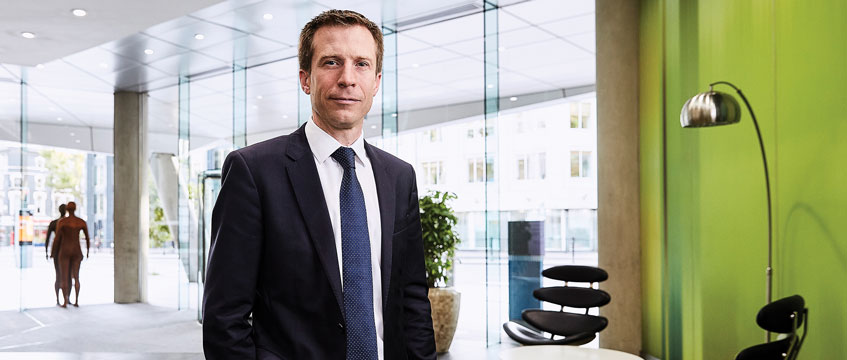British Land has earmarked 1m sq ft of retail assets that could be transformed into warehouses, offices or homes, as the FTSE 100 REIT continues to pivot away from the struggling sector.
The company’s double down on alternative uses for sites was announced as it published interim figures for the six months to 30 September, its first set of results under new chief executive Simon Carter.
“It is early days, but we’ve got about 1m sq ft of either existing [retail] space or surrounding land that we can convert into 2.5m sq ft of logistics, retail or residential,” Carter told EG.
“It’s based on what we think is viable today. It does require more work and we won’t do all of it ourselves – some will be [with] partners, some we’ll get planning for and sell off – but we will do a chunk of it ourselves.”
Carter singled out the company’s site in Ealing Broadway as an example of an asset that could be rethought. “Ealing is a retail asset today, but it was very much bought with the ability to add use to it in mind,” he said.
A focus on alternative uses was highlighted as one of the ways British Land plans to address the challenges of the retail sector. That, in turn, was one of four priorities announced alongside the results, which showed the company nursing a £730m loss on the back of an £842m hit to its portfolio valuation.
The other focuses for Carter as he settles into the new role are realising the potential of the company’s mixed-use sites, continuing with developments such as the 53-acre Canada Water project and new buildings in its Broadgate campus, and recycling capital from disposals.
Carter referred to the targets as an “evolution” of its current strategy. Analysts at RBC Capital Markets said the priorities suggested “no dramatic changes from the incoming CEO and build on the direction British Land has been travelling in”.
The company is continuing to line up disposals, having sold more than £450m of retail assets during the past six months and some £220m of offices, including Clarges Mayfair. RBC’s analysts expect the company “to take advantage of current strong investor demand for prime London offices to sell more”.
Carter expects the pace of sales to be maintained across both asset classes, singling out its smaller retail parks as likely to be offloaded.
“All of this is linked by a more active approach to capital recycling, and that’s not just retail,” he said. “It’s also selling some of our drier office assets, taking the capital out of there and putting it into our campuses and more likely development.”
The company is looking to the burgeoning life sciences scene around its Regent’s Place campus in London as an opportunity to push its mixed-use approach, and Carter said his colleagues have learned from their wins after “opening up” the Broadgate campus in the City.
“We all recognise that life sciences is likely to be a really interesting growth area given what’s happened in the States,” he said, adding that the sector has “probably been one of the beneficiaries” of the Covid-19 pandemic.
“There is already a very strong life sciences presence in that ‘knowledge cluster’ and I think life sciences plays really well to the campus concept.”
On the development front, the company is forging ahead with the Canada Water scheme and plans to start a formal process for a funding partner on the project as soon as lockdown lifts and people can access the site more easily.
“We want people on site – we want them wandering around with [project heads] Roger [Madelin] and Emma [Cariaga], really getting that flavour for it. That’s just much easier to do outside of a lockdown. When the Covid conditions allow, we’ll definitely kick that off.”
To send feedback, e-mail tim.burke@egi.co.uk or tweet @_tim_burke or @estatesgazette











